Eugène Villon (1879 - 1951) was born in The Hague to a French father and a Dutch mother. He first lived in Holland where he studied painting and drawing, then his family moved to Nice where he followed the teaching of Auguste Clément and Joseph Herst at the School of Fine Arts. Steeped in the Flemish school and a more than gifted student, he obtained his first commission at the age of sixteen, when he was entrusted with the wall decoration of the grand theater in Geneva. Eugène Villon moved to Lyon around 1900 where he was initially an excellent studio painter, and willingly devoted himself to watercolors. He seeks and develops an execution process which belongs only to him and which allows him to give his works of water painting the power of oil. Eugène Villon uses watercolor as his medium; he knows how to control the effects, finds the transparencies. He stayed in the Maghreb where he excelled in the evocation of souks and mosques, but also in Amsterdam, Brussels, Bruges, Strasbourg, Venice, Nice. He goes to North Africa but also to many regions of France such as Brittany, Corsica, the South, Savoie and Auvergne. Highly appreciated, he exhibited regularly at the Société Lyonnaise des Beaux-Arts, of which he became a member of the jury from 1913 to 1945. In 1926, he joined the administrative committee of the SLBA and it was in 1939 that he became vice-president until 1944. Like many Lyon artists, Eugène Villon exhibited in the capital. In 1907 at the Grand Palais, as part of the salon of the Society of French Artists of which he became an associate member. He is also a member of the Society of Orientalists where he exhibited from 1910 to 1943. Eugène Villon, public education officer and Academy officer, was made a knight of the Legion of Honor in 1937. This decoration was awarded to him by President Albert Lebrun. In 1951 he died in full glory, leaving a considerable body of work made up of paintings, watercolors, engravings and drawings.


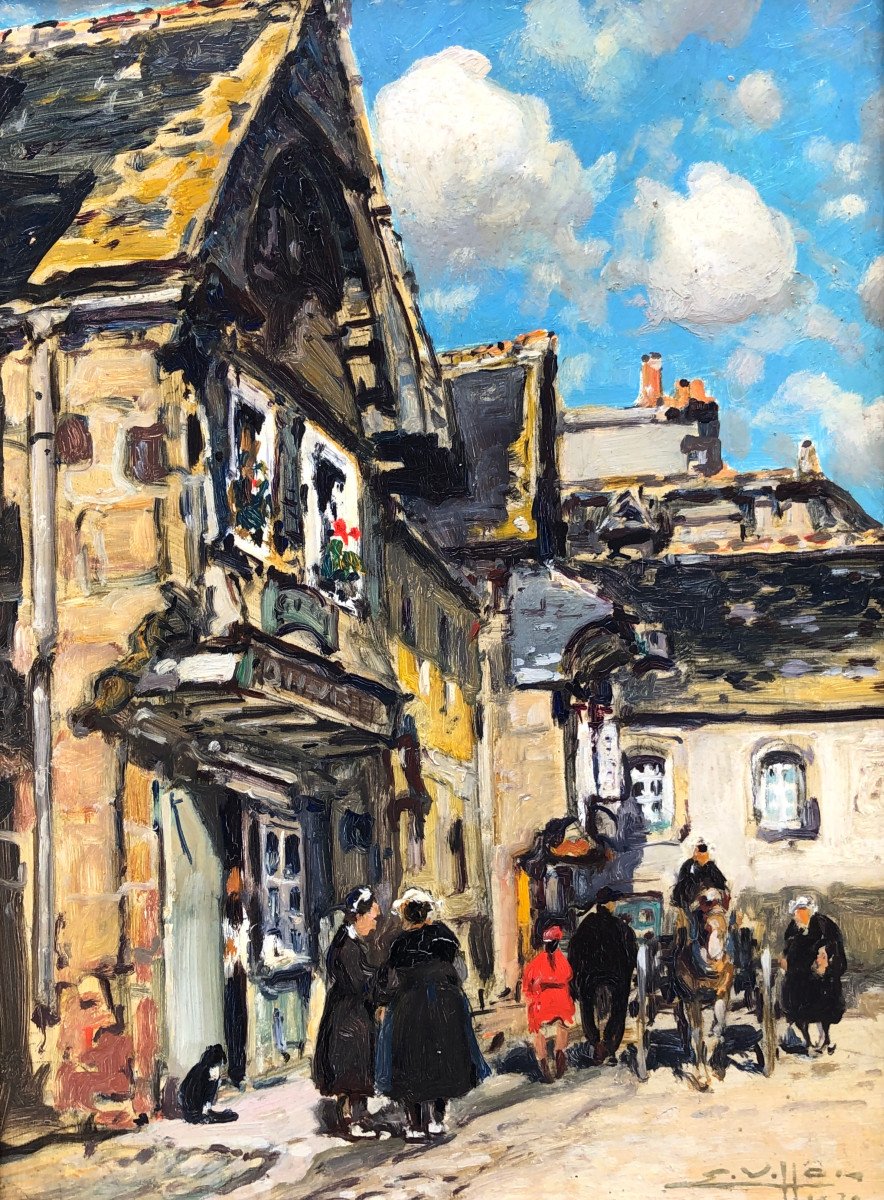
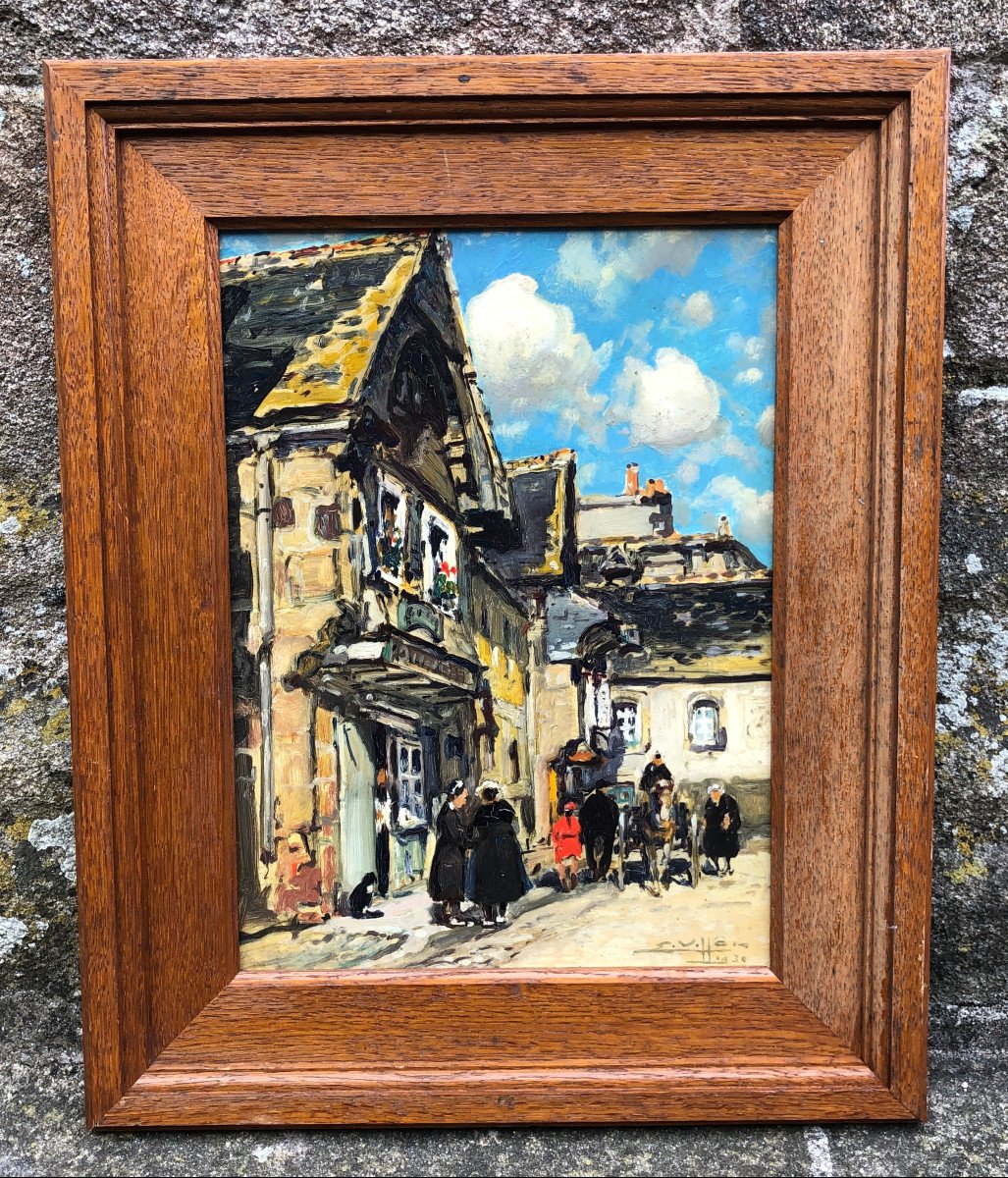
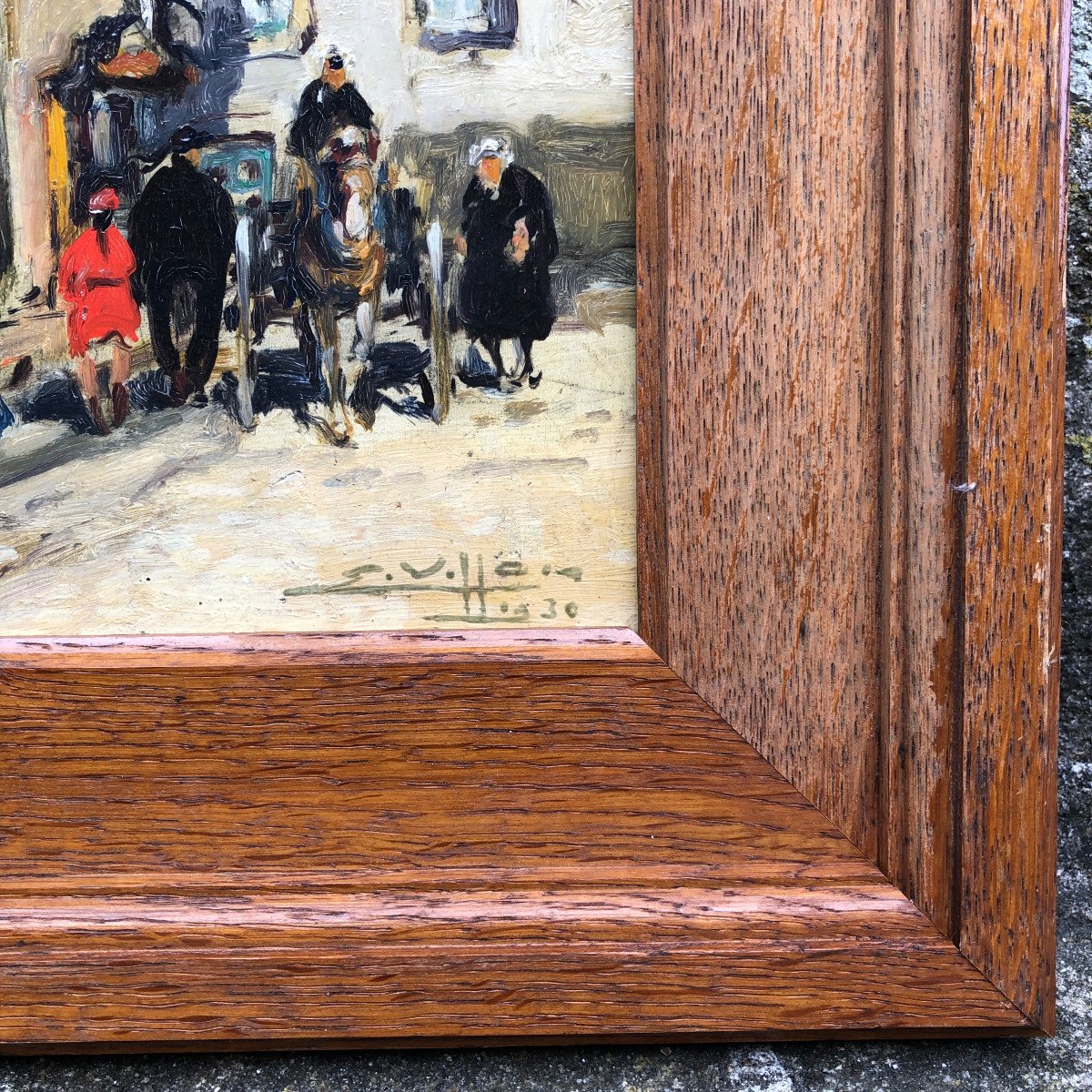






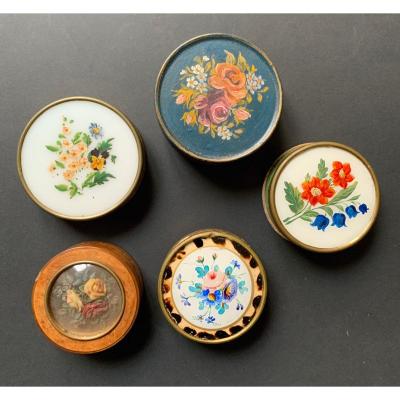








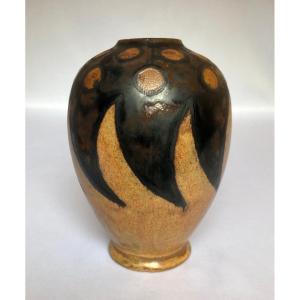

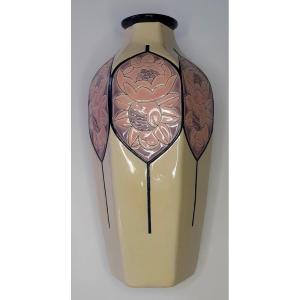





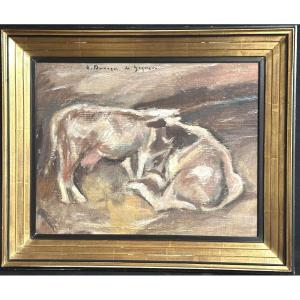





 Le Magazine de PROANTIC
Le Magazine de PROANTIC TRÉSORS Magazine
TRÉSORS Magazine Rivista Artiquariato
Rivista Artiquariato